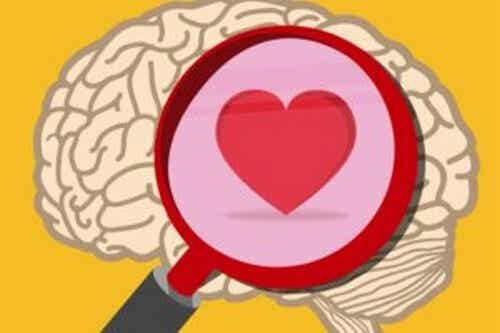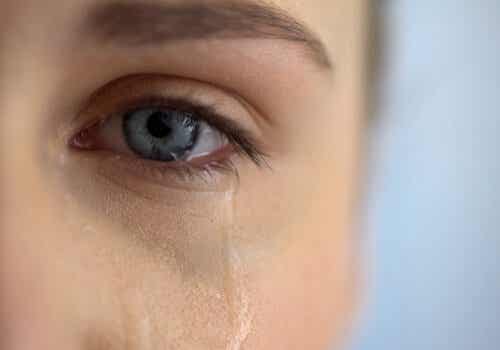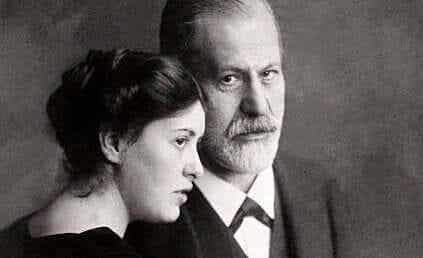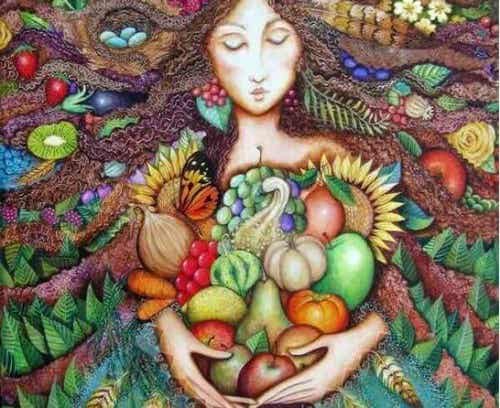According to a study conducted at the University of Freiburg (Germany), it is no coincidence that painters of all ages have represented sadness through dim colors. In fact, a close relationship exists between depression and the color gray.

Last update: April 08, 2021
The relationship between gray and depression is intuitive. When we feel sad, in fact, we say that we see everything gray or that the world has lost its colors. Science has now shown that this is not just a saying, but a visual effect that actually happens.
The World Health Organization estimates that around 300 million people suffer from depression worldwide. We talk about estimation, since in many cases this condition will never be diagnosed as it is not considered a disease to be treated with the help of a specialist.
The afternoon was gray like the season, like the city, like me. Gray inside and out.
-Mario Levrero-
At the same time, it is not easy to diagnose this disorder, since not all states of sadness are due to depression. It follows that taking into account the relationship between gray color and depression could be a new way to formulate a more precise diagnosis.
Understanding Depression
It `s important to note that psychiatry and psychoanalysis define and deal with depression differently.
In psychiatry and in most currents in psychology, depression is a disorder in itself. Psychoanalysis, on the other hand, considers it a symptom.
In psychiatry, depression is treated as a serious illness, capable of causing physical and mental symptoms. Neuroscientific currents emphasize the relationship between brain chemistry and depressive states. Therefore they treat the problem mainly through drugs.
In psychoanalysis there is no condition called depression which is rather understood as the symptom of a psychotic neurotic structure. A feeling of hatred towards oneself and not recognized by others that emerges when failure is perceived and hope is lost. It is treated through the word.
In reality both approaches complement each other although in practice they are divergent. Every life experience generates a chemical reaction in the brain. And viceversa. The brain is a plastic organ, which responds to both chemicals and experiences, including speech.
Depression and gray color
Numerous researches are currently underway on the brain, from an organic and physiological point of view. One such investigation was conducted at the University of Freiburg in Germany and concluded that there is a real relationship between depression and the color gray.
Specifically, the scientists found that depressed people have difficulty perceiving the contrast between black and white, according to the results of the electroretinography to which a group of volunteers was subjected.
The research was conducted by Dr Ludger Tebartz van Elst. According to his measurements, depressed people see the world in a similar way to how it looks on the TV when we lower the color contrast. The greater the depression, the less the ability to perceive color contrast.
Diagnosis
The relationship between gray and depression could serve as a reliable criterion in diagnosing this disease and the severity of symptoms. According to the scientific journal Biological Psychiatry, it could even represent a more objective diagnostic method than the one currently in use.
Depression is currently diagnosed through specific parameters. The psychologist or psychiatrist asks the patient a series of questions about the lifestyle and symptoms experienced.
The answers allow us to conclude whether the malaise stems from depression or other conditions. However, reality shows us that diagnoses are not always accurate.
The relationship between gray color and depression is instead a physically measurable factor, therefore it could offer a notable advance in diagnosis. Not only would it confirm the presence of depression, but it could also calculate its intensity.
In any case, this technique must also be evaluated objectively. It is never too much to reiterate that not all states of sadness are to be considered depression as such. Context, duration of symptoms, health status, and other variables must be taken into account.


























